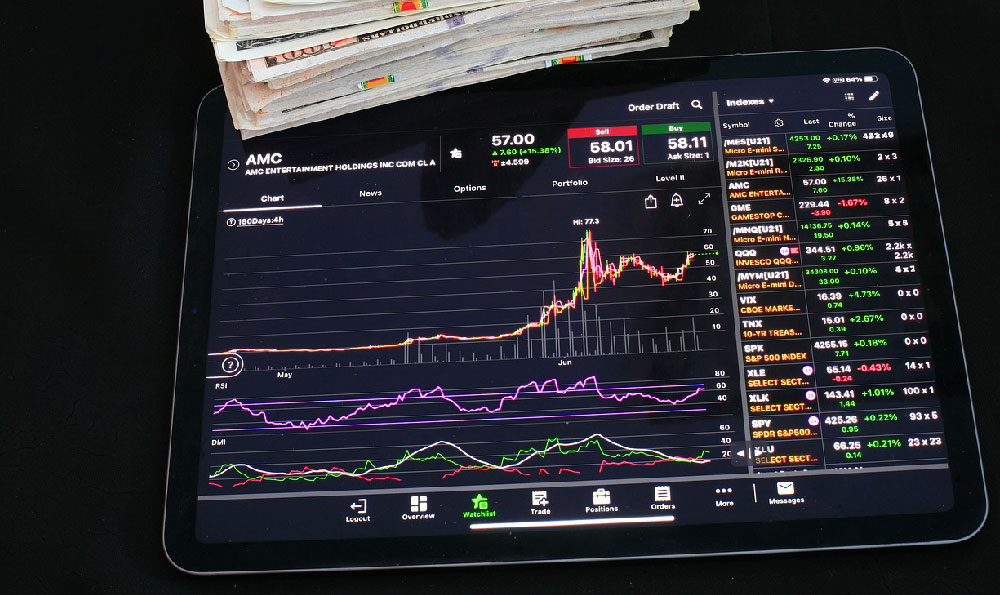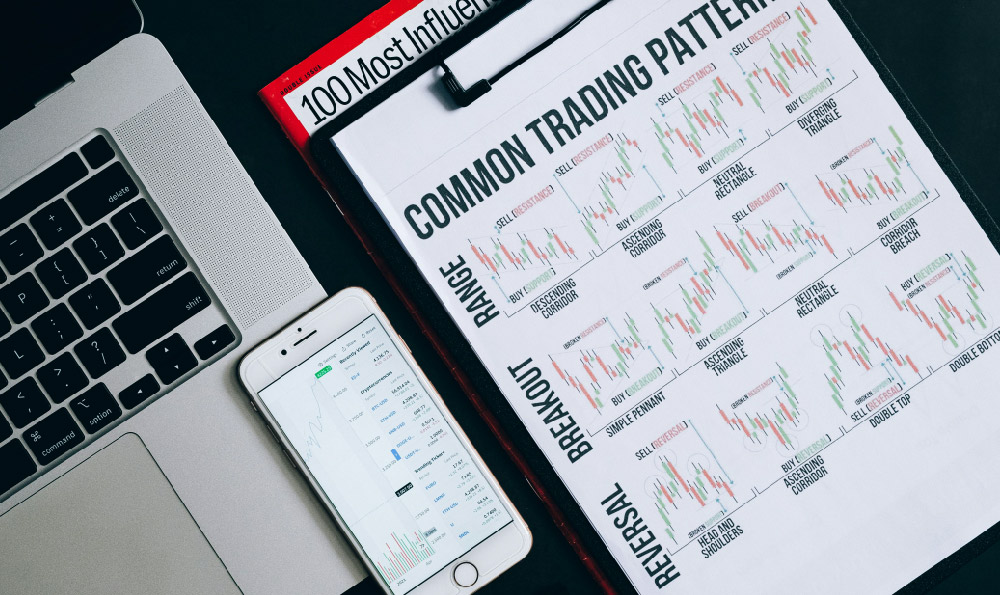The profitability of laundromats often sparks conversation among entrepreneurs and investors, revealing a unique blend of traditional commerce and operational strategy. While it may seem like a niche sector, understanding the intricacies of its business model can uncover opportunities for steady returns, particularly in underserved markets or evolving consumer trends. At its core, the laundromat industry operates on the principle of providing a practical service to individuals lacking access to home washing facilities, yet its success hinges on a nuanced balance of location, technology, and customer demand.
A laundromat’s business model typically revolves around high foot traffic areas where apartment complexes, dormitories, or commercial zones necessitate accessible laundry services. Unlike traditional dry cleaners, which often charge premium rates for specialized care, laundromats rely on volume and efficiency to generate revenue. Their overhead costs are relatively low compared to retail or hospitality industries, making them an attractive option for capital-light startups. However, the margins are narrow, requiring strategic differentiation through pricing models, additional amenities, or value-added services like vending machines, coin-operated dryers, or even delivery options.
The financial viability of a laundromat depends heavily on its location, a factor that can determine up to 70% of its profitability. Urban areas with densely populated residential districts, for instance, present a higher chance of consistent customer flow, whereas rural locations may struggle to attract enough users. The key lies in identifying zones where a laundromat can complement existing services without direct competition. In some cases, this involves leasing space in underserved commercial hubs or partnering with property management companies to integrate laundry facilities into multi-unit dwellings. Democratizing access to laundry services may also involve leveraging technology; automated systems can reduce labor costs, improve operational efficiency, and minimize human error, thereby enhancing long-term profitability.

Beyond location, the customer base plays a critical role in shaping the laundromat’s success. Broad demographic appeal allows for diversified revenue streams, including both residential and commercial clients. For example, a laundromat targeting students can benefit from affordable pricing and flexible hours, while one catering to families may prioritize convenience and extended operating times. The concession of profitable services often demands creative solutions; offering laundromat discounts during off-peak hours or implementing loyalty programs can encourage repeat business and foster long-term relationships with customers. Infusing innovation into the business model may also involve expanding offerings to include eco-friendly detergents, laundry-drying services, or even blockchain-based payment systems, reflecting a modernization that aligns with broader technological shifts.
Operational efficiency is another pillar of profitability, as downtime in the laundromat industry can directly impact revenue. Maintaining consistent availability requires strategic scheduling of maintenance, cleaning, and equipment repairs. Advanced monitoring systems can help track usage patterns, preemptively identifying peak times and potential bottlenecks. In addition to this, the financial model must account for capital expenditures, including the cost of washing machines, dryers, and infrastructure. While these initial costs may seem steep, they can be offset through Long-term contracts with property management entities or partnerships with local businesses for shared space agreements.
The sector is not without its challenges. Rising energy costs, for example, can significantly affect profitability, prompting laundromats to adopt energy-efficient appliances or invest in renewable energy solutions like solar panels. Similarly, fluctuating consumer behavior, such as increased preference for at-home washing technologies, may require adaptation. Investing in innovation—such as smart laundry systems that offer real-time updates on machine availability or mobile apps for seamless transactions—can help mitigate these risks and maintain competitiveness.
In market terms, the laundromat industry is often viewed as a relatively stable option, with consistent demand driven by the inevitability of clothing care. However, its profitability is closely tied to the ability to adapt to changing consumer needs and technological advancements. By focusing on location optimization, operational efficiency, and customer-centric innovations, entrepreneurs can transform laundromats from mere service providers into scalable, profitable ventures. While the financial returns may not rival high-tech startups, the stability and reliability of the model can provide a dependable edge in a volatile market, making it a viable option for those seeking long-term, low-risk investments.












